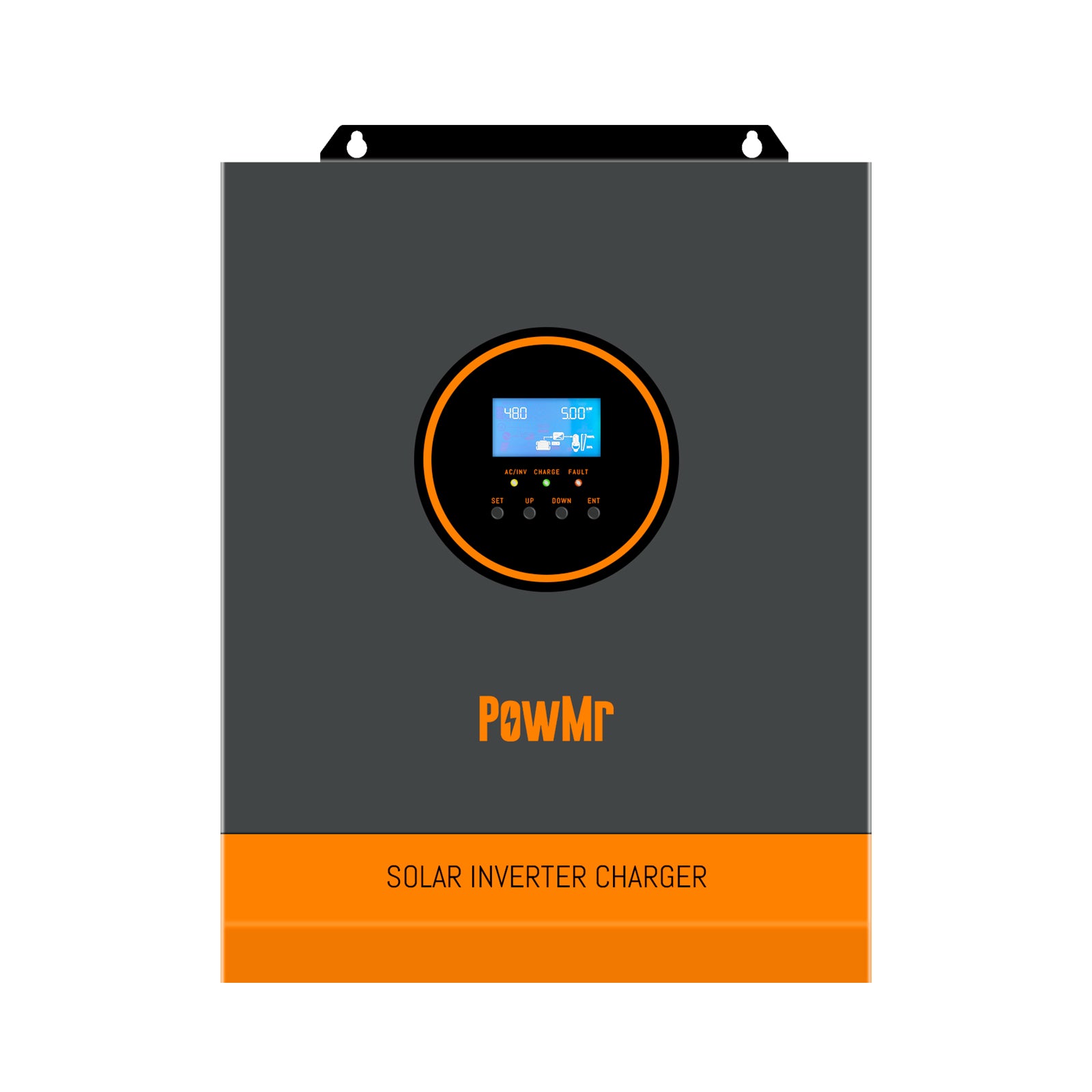leblancexplores
New Member
- Joined
- Apr 15, 2021
- Messages
- 9
I recently purchased a 3000W 24V 110VAC PowMr hybrid inverter/charger and playing around with it it doesn't quite give me enough watts for what I'm after so I started doing some research to see if there was say 5000W 24V 110VAC inverter/charger.

 powmr.com
powmr.com
I then stumbled on this unit which seems newer and smaller for 220VAC and it had me thinking would it be easier to spit the phases of this or step down to 110VAC and use this? I'd also get the bonus feature of being able to charge at a L2 charger if I was willing to wire that up ?

 powmr.com
powmr.com

3000W 110Vac 24Vdc All In One Inverter Charger
PowMr 3000Watt All In One Inverter Charger 120Vac 24Vdc with 60A MPPT Solar Charge Controller PV 100V for lithium/lifepo4 Battery And Lead Acid Battery.
 powmr.com
powmr.com
I then stumbled on this unit which seems newer and smaller for 220VAC and it had me thinking would it be easier to spit the phases of this or step down to 110VAC and use this? I'd also get the bonus feature of being able to charge at a L2 charger if I was willing to wire that up ?

4500W 220Vac 24V All in One Inverter Charger
4500Watt pure sine wave inverter charger with 150A built-in MPPT charge controller convert DC power from PV up to 450V into 220Vac or 24Vdc power.
 powmr.com
powmr.com


